-
Two Intrusive Complexes Delineated at Belgravia
-
March’s Aircore drilling revealed prospective stratigraphy beneath Ordovician sediments and much younger regolith outlining two distinct diorite/monzodiorite intrusive complexes
-
Shoshonitic rocks, associated with many epithermal and porphyry-style Au ± Cu deposits worldwide, intersected during drilling
-
Proximal and distal facies mineral alteration typical of porphyry-style gold ± Cu deposits with variable amounts of quartz veining also intersected
-
Assay results pending
-
Work programs continue due to the availability of locally based geological consultants
-
Extensions to delineated intrusive complexes
A review of its recent productive aircore drilling program attests to the prospectivity for large scale porphyry gold- copper deposits within the MVB.
The Company believes that the recently completed maiden drill program when married with recent geological mapping, has significantly improved geological understanding and potentially unlocked the mineral prospectivity at Belgravia.
The presence of (high potassium) shoshonitic rocks was confirmed by the drilling. Shoshonites and other alkaline rocks have been established as being closely related to certain types of gold and base metal deposits, including epithermal Au and porphyry Cu-Au deposits. Sillitoe (1997) points out that about 20% of the large gold deposits are associated with shoshonitic and alkaline rocks1.
The drilling also revealed prospective stratigraphy beneath younger regolith outlining two distinct zones of diorite/monzodiorite intrusion (figure 1). Drill collar details are set out in Annexure 1.
-
1Sillitoe RH (1997) Characteristics and controls of the largest porphyry copper-gold and epithermal gold deposits in the circum-Pacific region. Aust J Earth Sci 44:373–388

Figure 1: Intrusives intersected in drilling with interpreted diorite intrusive complex
Interestingly, the northern intrusion coincides with the previously described Lara 1 & 2 magnetic targets (see KTA announcement, Porphyry Targets identified for High Impact Drill Program – 24 January). These targets, which exhibit doughnut-shaped magnetic patterns considered as characteristic of porphyry-style mineralisation, were tested during drilling. A weathered saprolite developed in overlying Ordovician sediments obscures the southern intrusion. The weathered surface is truncated mainly in the Project’s north, and is preserved and thickens towards the Bella target in the south. The implications of regolith development on exploration requires further consideration.
The drilling objective at Belgravia was to locate patterns of zoned alteration, and mineralisation halos like that found at Larras Lake and Cadia. Drilling successfully intersected hydrothermal alteration featuring a propylitic assemblage including epidote, chlorite, Fe-carbonate, calcite, hematite-dusting and also variable amounts of vein quartz. The Company hopes the alteration in conjunction with any returned anomalous metal values relate to mineralisation located at depth (like at Cadia Valley). The combination of rock and alteration-type, along with returned assay results will outline targets for anticipated deeper drilling.
-
COVID-19 impacts
Locally based geological consultants, Rangott Mineral Exploration Pty Ltd continue to service the Company’s work programs unabated through this unprecedented situation.


